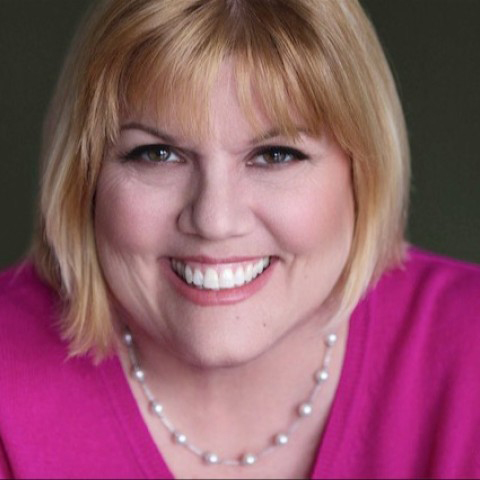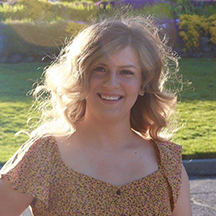
One year later
You are fortunate to have matched in a residency program in the region where you did a lot of your training. Having spent four years here, it feels like home. At the local market, you run into Ray, who you’ve not seen since your last rotation at the Federally Qualified Health Center (FQHC). In your best Spanish, you say:
¿Ray, te acuerdas de mí? Te vi en la clínica el año pasado cuando te dieron de alta del hospital. Ahora soy un médico ‘de verdad’. ¿Cómo estás?
(Ray, remember me? I saw you in the clinic last year when you were discharged from the hospital. I’m now a “real” doctor. How are you doing?)
Ray tells you it’s been a “rough” year. A few weeks after he saw you, he attempted to return to work. “Light duty” was working in the warehouse, but he felt weak, and it was difficult for him to catch his breath. His boss had nothing else available for him, so Ray returned to Mexico to recuperate with his family.
A lot happened with his neighbors and family in Mexico. The TB coordinator from Yakima Public Health discussed his case with the public health department in his home state. A number of his neighbors tested positive for TB infection and needed to be treated.
think about this
What are the regimens for treatment of Latent Tuberculosis Infection (LTBI)? What are the risks and benefits of these treatments? Share your thoughts in the Slack channel.
A neighbor Ray has known since he was a kid gave him TB. This woman often took care of him when his mother was working. Ray referred to her as his abuela.
Last year when she visited his family home, she had a cough. A few weeks later, his abuela was diagnosed with TB. This was only a few weeks before Ray left for the United States and about three months before he developed symptoms.
Ray's wife, Maria, and their oldest boy, Fernando (age 8), had positive skin tests, but their chest X-rays were normal. Their two youngest children, Jose (age 2) and Silvia (age 4), had negative skin tests. Ray did not understand why the younger children had to take medicine.
think about this
What is window prophylaxis, and why is it done? Why was Fernando not treated? Share your answers in the Slack channel.
Maria’s pregnancy
Ray tells you that Maria was three months pregnant at the time of her diagnosis. She was worried about the new baby becoming ill.
Repeat skin tests
Later, repeat skin tests for Jose and Silvia were still negative. Their pediatrician told Maria she had nothing to worry about with her pregnancy. While Maria was relieved, she was still worried.
think about this
If Maria had been your patient, what would you have told her about her exposure and that of their children? Should Maria have been treated? Share your thoughts in the Slack channel.
think about this
Why were the skin tests repeated? Share your thoughts in the Slack channel.
Ray’s return to Mexico
By the time Ray returned to Mexico, he had been on TB medications for a few months. The contact tracing done by Yakima Public Health had identified some of his co-workers as infected, and his brother Jay had been diagnosed with TB disease, too.
Thankfully, his brother did not get as sick as Ray and was able to return to work. While Ray was glad to be home and feeling better, he was stressed by the loss of money from not working, his brother and others getting sick, having a new baby on the way, and constantly worrying he would make his family sick or get worse himself.
Before he left Washington, Ray wanted to have a few beers with his friends, but he had been told not to drink while on the medications. Ray still had months of treatment remaining.
think about this
What are the criteria to determine when an individual is not contagious? Should Ray take any precautions? Share your answers in the Slack channel.
think about this
Given Ray’s presentation, what is the recommended regimen for treatment? Share your answer in the Slack channel.
Ray is back in Washington
Now back in Washington, Ray tells you that he often feels overwhelmed and states, “Strong men don’t get depressed, right?” Ray says he has no one to talk to about how he’s feeling. Instead, he goes to church a lot, which helps. Occasionally, Ray talks to his older brother.
Ray’s work will start soon, and he looks forward to making money again to send to his family, especially since Maria is taking care of their newest child, Javier, full time at home.
As if this weren’t enough, Ray shares that he is not sleeping well at night. U.S. Immigration and Customs Enforcement (ICE) officers are in the area, and he’s heard some workers at another orchard have been taken. Although he has documentation through an H-2A visa, he believes the other workers who were taken were documented as well.
As you listen, you acknowledge the awfulness of the situation and validate his fears and concerns. He appreciates you saying “Hola” and hopes he runs into you again. You encourage him to come back into the office soon so you and he can check in again.
Public Health correlation
Structural and social determinants of health
- How did Ray’s immigration status, employment, and housing conditions shape his clinical course?
- How do power dynamics (e.g., worker-boss relationships, immigration enforcement fears) affect medical decision-making for people like Ray?
Health policy and advocacy
- What local, state, or federal policies contribute to the challenges faced by agricultural workers like Ray?
- What role can or should physicians play in advocating for safer working and housing conditions for migrant laborers?
Health equity and marginalized populations
- How does Ray’s experience reflect broader trends in healthcare inequity for immigrant and migrant workers in the United States?
- What are the ethical responsibilities of healthcare providers in addressing inequities they witness in practice?
- What implicit or structural biases might exist in the way this patient was previously managed?
Image credits
Unless otherwise noted, images are from Adobe Stock.


